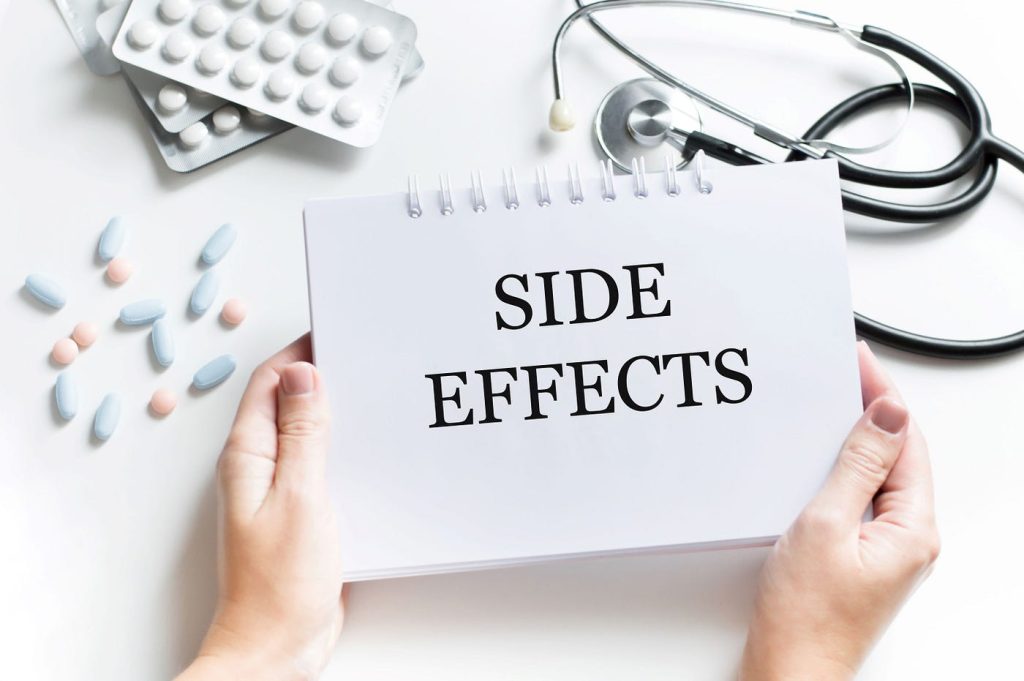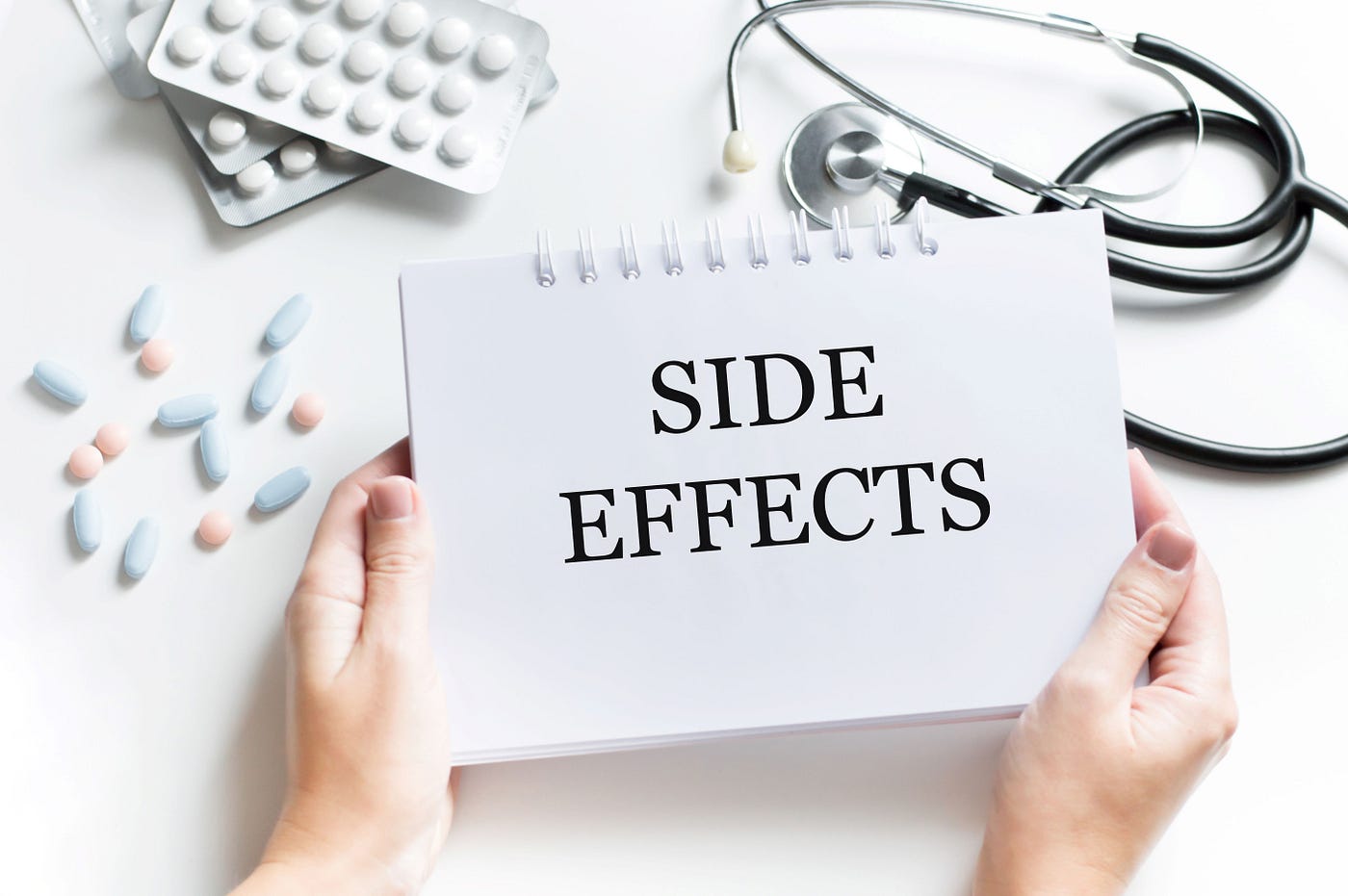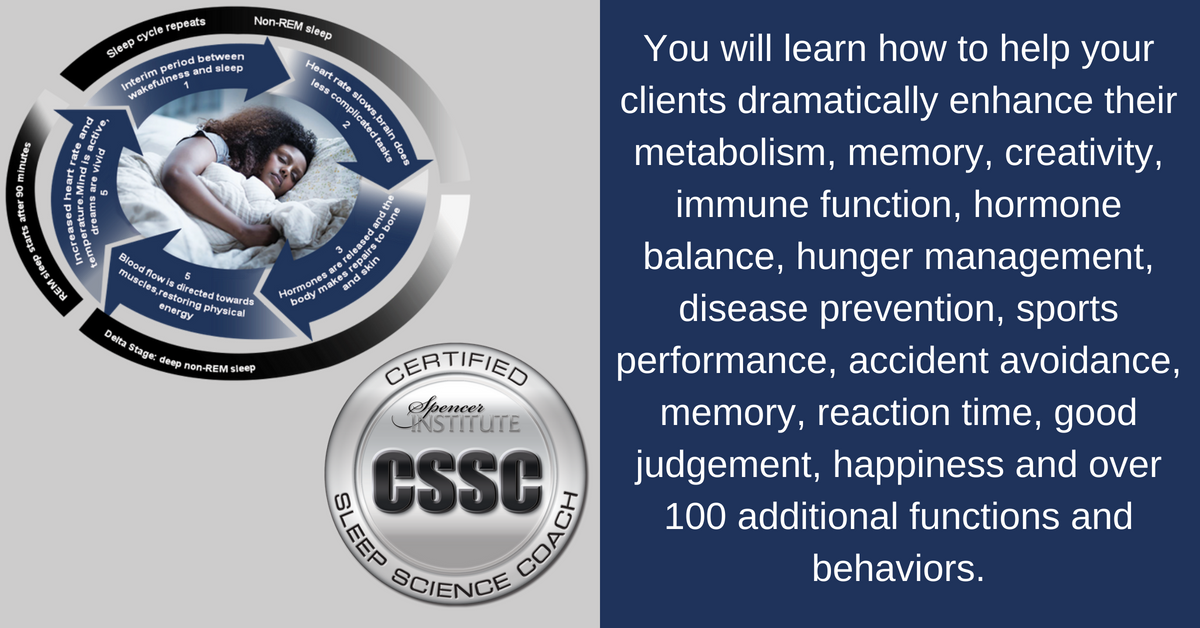
Content
INTRODUCTION TO THE TRULICITY LAWSUIT
Trulicity Lawsuits continued to be filed which have been centralized before one court in the Eastern District of Pennsylvania and assigned to Judge Karen Spencer Marston by the Judicial Panel on Multidistrict Litigation for pretrial proceedings and coordinated discovery. Currently, there are over a hundred of lawsuits that have been centralized in multidistrict litigation against the manufacturers of GLP-1 receptor agonists including Trulicity, Ozempic, Saxenda, Mounjaro, Rybellus, Wegovy, and Zepbound.
In this ultimate consumer guide, we will address Ileus, one of the Trulicity side effects leading to a Trulicity lawsuit.
WHAT IS TRULICITY?
Trulicity, generically known as dulaglutide, is an injectable medication used to improve blood sugar control in adults with type 2 diabetes. Manufactured by Eli Lilly and Company, Trulicity is part of a class of drugs known as GLP-1 receptor agonists. While it has proven effective in managing blood glucose levels and aiding in weight loss for many patients, it is not without its risks. Serious Trulicity side effects have been reported, prompting increased scrutiny from medical professionals and patients alike. The most severe of these Trulicity side effects include gastroparesis, persistent vomiting, intestinal blockage or bowel obstruction, kidney problems, gallbladder problems and severe allergic reactions, which can pose significant health risks to users.
Given the gravity of these Trulicity side effects, numerous Trulicity lawsuits have emerged. Patients who experienced adverse reactions often claim that they were not adequately warned about the potential dangers associated with the medication. Some Trulicity lawsuits argue that the manufacturer failed to conduct sufficient clinical testing or that they neglected to inform the medical community about the risks and severe Trulicity side effects. This legal landscape underscores the critical need for thorough patient education and transparent communication from pharmaceutical companies. As these Trulicity lawsuits unfold, they serve as a stark reminder of the importance of balancing medical benefits with patient safety.
While Trulicity offers a promising option for managing type 2 diabetes, its serious side effects cannot be overlooked. Medical professionals should carefully assess each patient’s risk factors before prescribing this medication and ensure that patients are fully informed about potential adverse reactions. The growing number of Trulicity lawsuits highlights the necessity for pharmaceutical companies to prioritize patient safety and transparency. Ultimately, ongoing research and vigilant monitoring are essential for mitigating the risks associated with Trulicity and ensuring that it remains a viable treatment option for those in need.
TRULICITY’S COMMON SIDE EFFECTS
Gastrointestinal Issues
- Nausea: Frequently reported, nausea can vary in intensity and often subsides as treatment continues.
- Diarrhea: This includes frequent bowel movements, which are common but usually lessen with time.
- Vomiting and Retching: These symptoms can occur, particularly at the start of treatment.
- Abdominal Pain: Some users may experience discomfort or pain in the abdominal area.
- Indigestion: This can manifest as heartburn or stomach discomfort after eating.
Additional Discomforts
- Decreased Appetite: You might find your appetite is reduced, which could impact your food intake.
- Fatigue: Feeling unusually tired or weak can also be a side effect of Trulicity.
THE SERIOUS TRULICITY SIDE EFFECTS LEADING TO A TRULICITY LAWSUIT
Persistent Vomiting:
Numerous reports and studies have suggested a strong association between Trulicity and persistent vomiting. This side effect can be debilitating and significantly impact the quality of life for individuals taking Trulicity. Persistent vomiting refers to continuous and uncontrollable bouts of vomiting that occur for an extended period, requiring trips to the emergency room. The exact mechanism by which Trulicity triggers this reaction is still being studied, but it is believed to be related to the drug’s effect on the gastrointestinal system.
Gastroparesis:
Stomach Paralysis: Trulicity has been associated with gastroparesis, a condition where the stomach takes too long to empty its contents. This condition has also been observed in patients using similar diabetes medications.
Thyroid and Gallbladder Issues:
Thyroid Cancer: There is a risk of thyroid tumors, including cancer. Symptoms such as a lump in the neck or difficulty swallowing should be promptly reported.
Gallbladder Disease: Symptoms like severe abdominal pain and jaundice may indicate gallbladder issues, which can arise from Trulicity usage.
WHAT IS THE LINK BETWEEN TRULICITY AND ILEUS?
Trulicity, a medication falling under the category of GLP-1 (glucagon-like peptide-1) agonists, has gained attention for its ability to manage type 2 diabetes by improving blood sugar control. However, like many pharmaceutical products, it carries a spectrum of potential side effects that warrant careful consideration. One of the particularly concerning Trulicity side effects and also of other GLP-1 agonists is the potential to cause ileus, a condition characterized by a temporary cessation of normal bowel movements. Ileus manifests in symptoms such as abdominal pain, bloating, nausea, vomiting, and in severe cases, can lead to complications requiring hospitalization or surgical intervention.
The pathophysiology behind the ileus induced by GLP-1 agonists like Trulicity remains an active area of research. It is hypothesized that these medications slow gastric emptying and gastrointestinal motility as part of their mechanism to control blood glucose levels. While this action is beneficial for managing diabetes by prolonging the absorption of nutrients and reducing postprandial blood sugar spikes, it can inadvertently disrupt normal bowel function. This disruption can culminate in the development of ileus, placing patients at risk for significant discomfort and potential health complications.
Ileus Symptoms:
- You may feel symptoms in your stomach area for 24-72 hours. You may:
- Feel bloated from a buildup of gas and liquid in your belly
- Feel sick to your stomach (nausea)
- Throw up (vomit)
- Find it hard to poop (constipation)
- Not want to eat
- Have stomach cramps
- Have watery stools
The Trulicity side effects profile necessitates that healthcare providers meticulously assess patient history and monitor for gastrointestinal symptoms during treatment. Patients taking Trulicity should be informed about the signs of ileus and advised to seek medical attention if they experience persistent or severe gastrointestinal distress. Early detection and management are crucial to mitigating the adverse outcomes associated with this condition.
In light of the growing number of reported cases of ileus linked to GLP-1 agonists, there has been an increase in lawsuits against pharmaceutical companies. The Trulicity lawsuit landscape illustrates the legal ramifications that can arise from drug-related adverse effects. Plaintiffs in these lawsuits often argue that they were not adequately warned about the potential risks of developing ileus while on Trulicity, seeking compensation for medical expenses, pain, suffering, and other damages. These legal proceedings underscore the importance of comprehensive risk communication by manufacturers and healthcare providers.
Conclusion
In conclusion, while Trulicity and other GLP-1 agonists offer significant therapeutic benefits for managing type 2 diabetes and obesity, they are not without risks. The potential for causing ileus stands out as one of the serious Trulicity side effects that requires vigilant monitoring and patient education. Moreover, the emergence of Trulicity lawsuits highlights the broader implications of drug safety and the necessity for transparent communication regarding potential adverse effects. As research continues to elucidate the mechanisms and risk factors associated with GLP-1 agonists, it remains imperative for all stakeholders—patients, healthcare providers, and pharmaceutical companies—to collaborate towards minimizing harm and optimizing therapeutic outcomes.

Alissa Edwards a health blogger, but her words have the power to change your life. She is an avid reader and she loves nothing more than curling up with a good book. She always strives for perfection in everything she does, so it’s no surprise that she plans on becoming the next JK Rowling one day!













